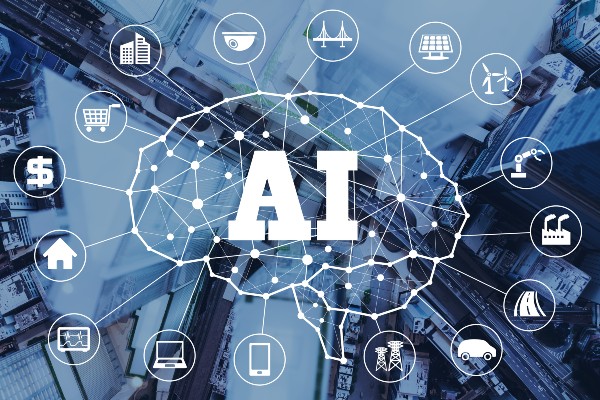
There’s a lot of talk around how Artificial Intelligence (AI) can lead to widespread unemployment as machines take over jobs currently done by humans. The best way to think about AI and the future of jobs is to understand how AI is augmenting rather than replacing the human capacity to do certain jobs. AI can be enhanced and implemented to create value and help humans do their jobs more effectively and faster than before, with improved decision-making, and new insights and breakthroughs in various fields.
I asked ChatGPT on how AI can benefit humans, here’s a good answer:
“AI can benefit human jobs by automating repetitive or dangerous tasks, increasing efficiency and productivity, and allowing humans to focus on higher-level tasks that require creativity, decision-making, and problem-solving skills. Additionally, AI can also help to improve human decision making and provide insights that were not possible before.”
Of course, there will be a few job types that can now be done easily with the help of AI aided software, but then it’s what our history has been about, we create more stuff to simplify tasks and then we create more work to upkeep and scale on what we’ve built. It is not a time to be scared or worried about AI becoming threat to human jobs or existence, however, good to keep that in the mind as we define the AI algorithms, after all we are the creators and we can chart the course. The key question to ask is “How can we use AI to augment human capabilities rather than replace them?”
Which Jobs can AI Potentially Displace?
These could be on the radar, though we must understand that not all of these would be displaced.
Some examples of jobs that AI may be able to automate include, here’s what ChatGPT predicts:
- Data entry and data analysis: AI systems can process large amounts of data quickly and accurately, making them well-suited for tasks like data entry and analysis.
- Manufacturing and assembly line work: AI-controlled robots and drones can perform repetitive tasks on assembly lines, such as welding and painting.
- Transportation and logistics: Self-driving vehicles and drones may be able to replace truck drivers, delivery drivers, and other transportation and logistics workers.
- Customer service: Chatbots and virtual assistants powered by AI can handle simple customer service tasks, such as answering common questions and providing information.
- Financial analysis and forecasting: AI systems can analyze market trends and make predictions, potentially replacing jobs such as stock traders and financial analysts.
- Agriculture: AI-controlled drones and robots can perform tasks such as crop monitoring, planting, and harvesting.
- Surveillance and security: AI-powered surveillance cameras and alarms systems can monitor and detect potential threats, potentially replacing security guards and other surveillance personnel.
It’s important to note that AI will not replace all jobs, and it may create new jobs as well. jobs that require creativity, decision-making and problem-solving skills, critical thinking, and human interaction are less likely to be replaced by AI.

